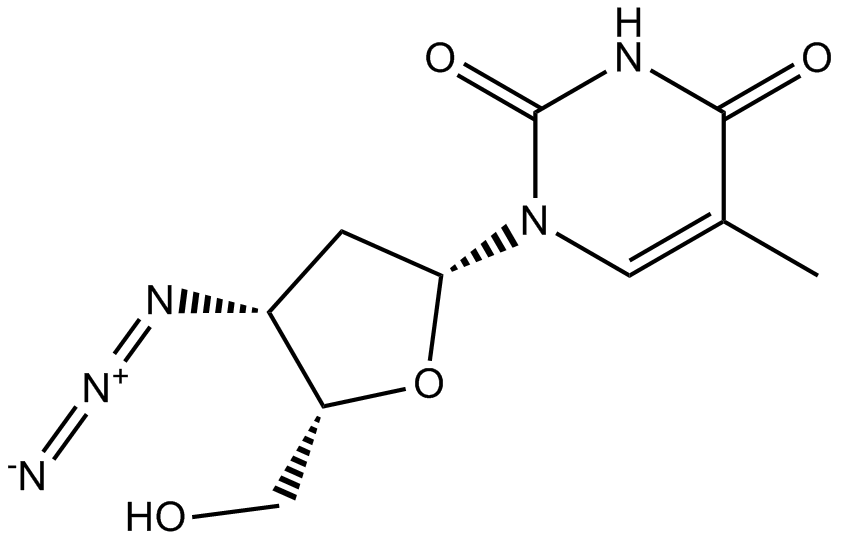CRISPR/Cas9
CRISPR/Cas9 (Clustered Regularly-Interspaced Short Palindromic Repeats/Cas9) is a bacterial immune system that has been adapted for genome editing in mammalian cells. Cas9 is a programmable nuclease that generates double-stranded breaks (DSB) in DNA dictated by binding of a ~20 nucleotide recombinant “guide RNA” (gRNA) to the target site. DSB’s produced by Cas9 are most often repaired through the cell’s error-prone non-homologous end joining (NHEJ) pathway, resulting in small insertions or deletions (indels). The vast majority of indels shift the reading frame, introducing a premature stop codon or resulting in nonsense mediated decay of the mRNA-effectively “knocking out” a gene.
The CRISPR/Cas9 system has substantially advanced efforts in specific gene editing and has been successfully applied to modify the episomal genomes of human and other organisms. The CRISPR/Cas9 system utilizes a prokaryotic RNA-guided programmable nuclease that can make a double-strand DNA break (DSB) at a specific site under the guidance of a leading RNA. This DSB process depends on the co-expression of two basic components: a guide RNA (gRNA) and Cas9 nuclease. Making a specific DSB can trigger DNA repair via either error-prone non-homologous end joining (NHEJ) or homology-directed repair (HDR). In the presence of the CRISPR/Cas9 system, the NHEJ inhibitor SCR7 is proven to increase the efficiency of Cas9-mediated HDR by at least by 7-fold in mammalian cells. Genome editing via CRISPR/Cas9 has become an efficient and reliable way to make precise, targeted changes to the genome of living cells.
Ziele für CRISPR/Cas9
Produkte für CRISPR/Cas9
- Bestell-Nr. Artikelname Informationen
-
GC64111
BRD0539
BRD0539 ist ein zellgÄngiger und ungiftiger Inhibitor von CRISPR-Cas9.
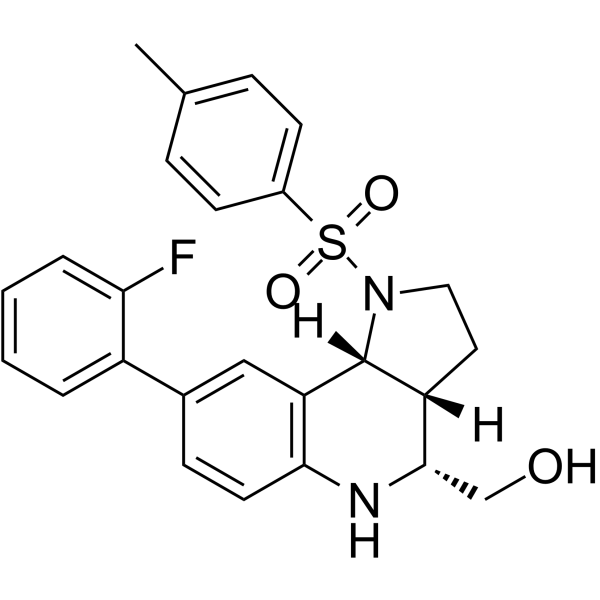
-
GC17683
Brefeldin A
Brefeldin A (BFA) ist eine makrocyclische Lactonverbindung aus Pilzen und ein potenter, reversibler Inhibitor der intrazellulären Vesikelbildung und des Proteintransports zwischen dem endoplasmatischen Retikulum (ER) und dem Golgi-Apparat.
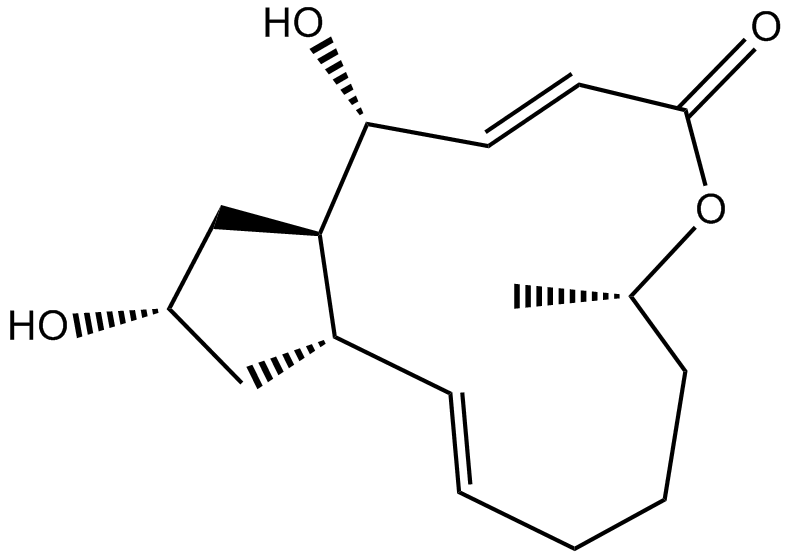
-
GC15743
L-755,507
L-755,507 ist ein potenter, selektiver Agonist von β3-AR mit einem IC50 von 35 nM.
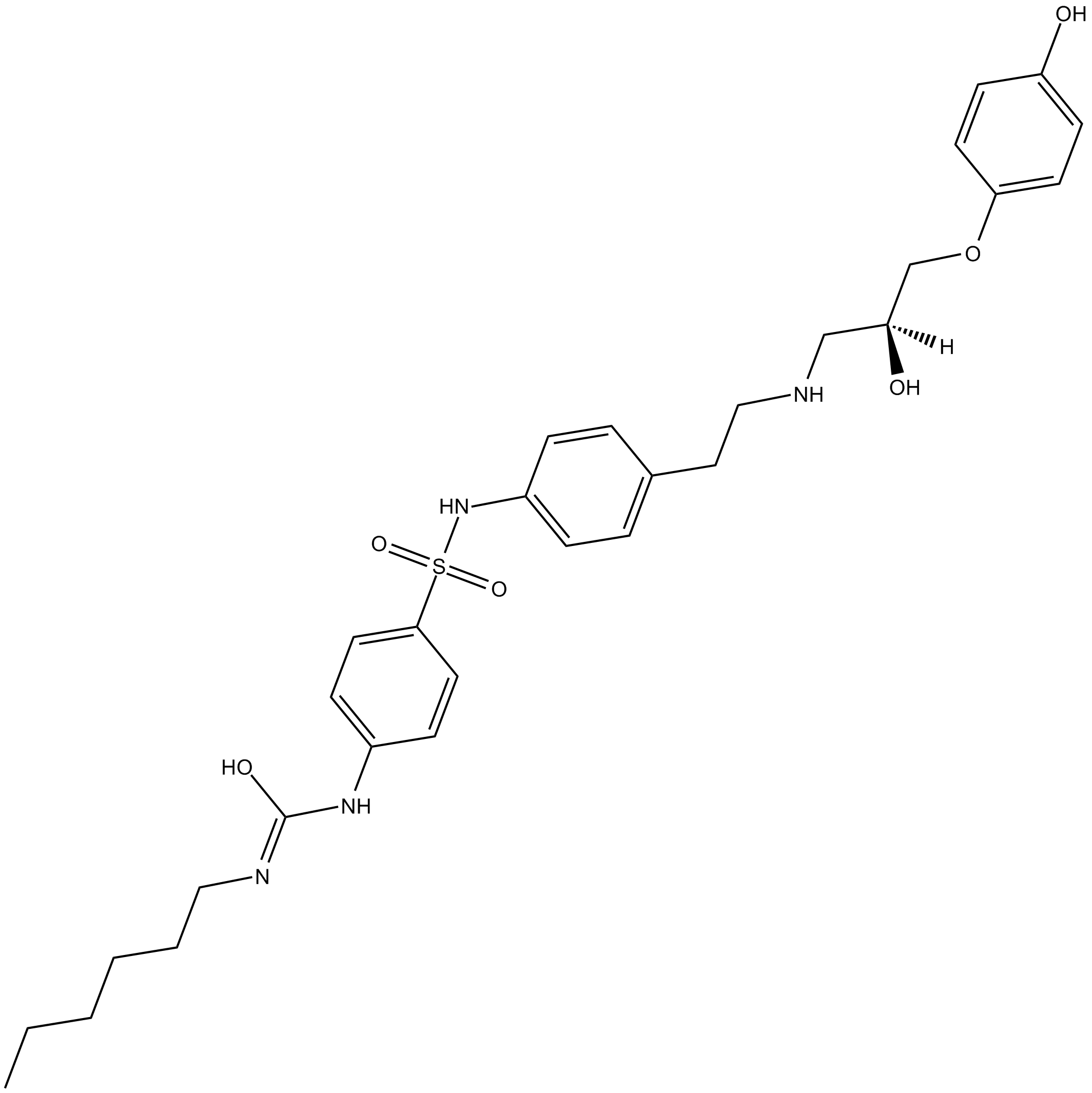
-
GC14075
Nocodazole
Ein Tubulin-Produktionshemmer, ein antineoplastisches Mittel.
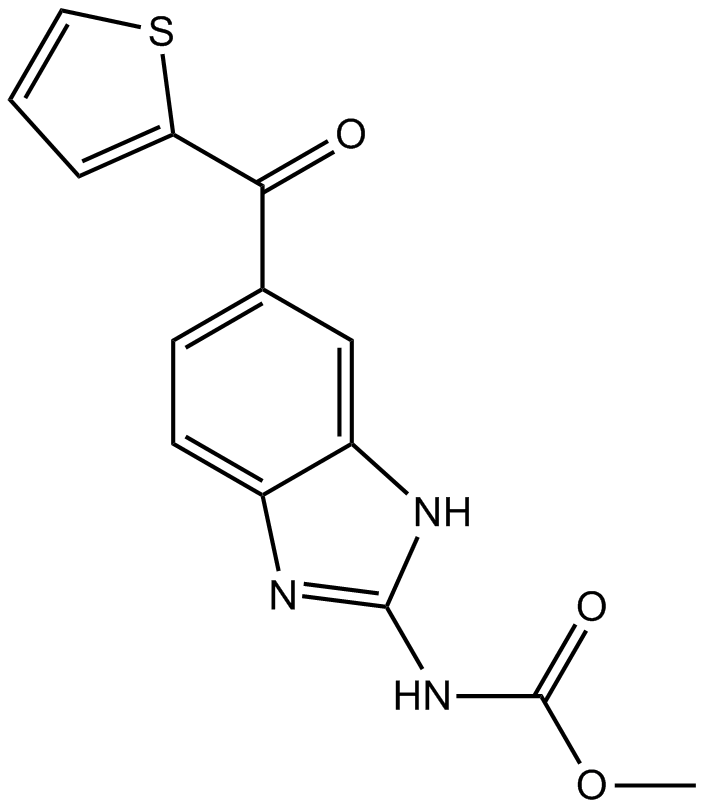
-
GC11251
NU7441 (KU-57788)
NU7441 (KU-57788) (NU7441) ist ein hochpotenter und selektiver DNA-PK-Inhibitor mit einem IC50 von 14 nM. NU7441 (KU-57788) ist ein Inhibitor des NHEJ-Signalwegs. NU7441 (KU-57788) hemmt auch PI3K und mTOR mit IC50-Werten von 5,0 bzw. 1,7 μM.
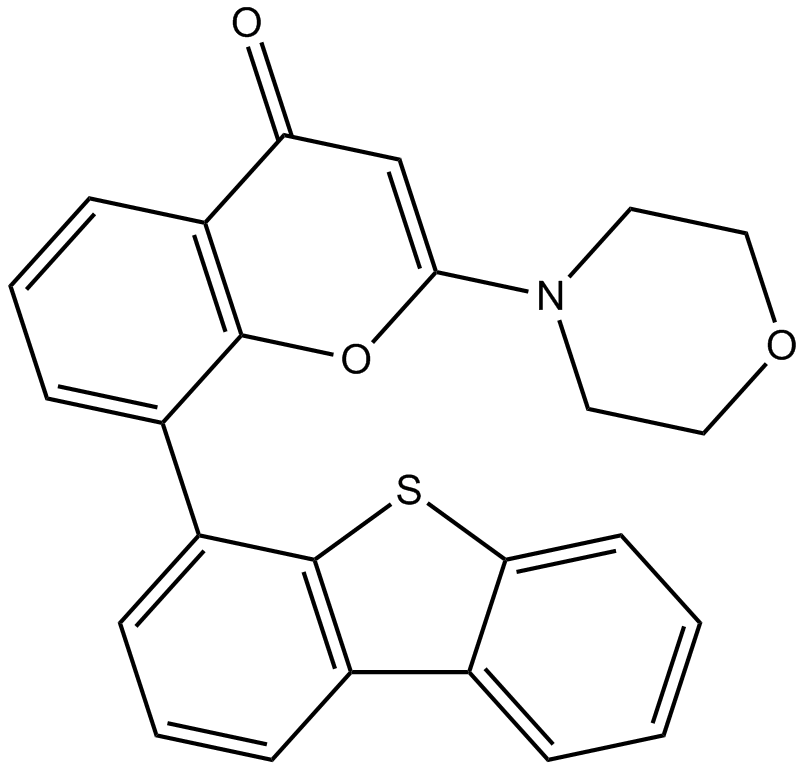
-
GC16265
RS-1
RS-1 ist ein RAD51-Aktivator und erhÖht auch die CRISPR/Cas9-vermittelte Knock-in-Effizienz.
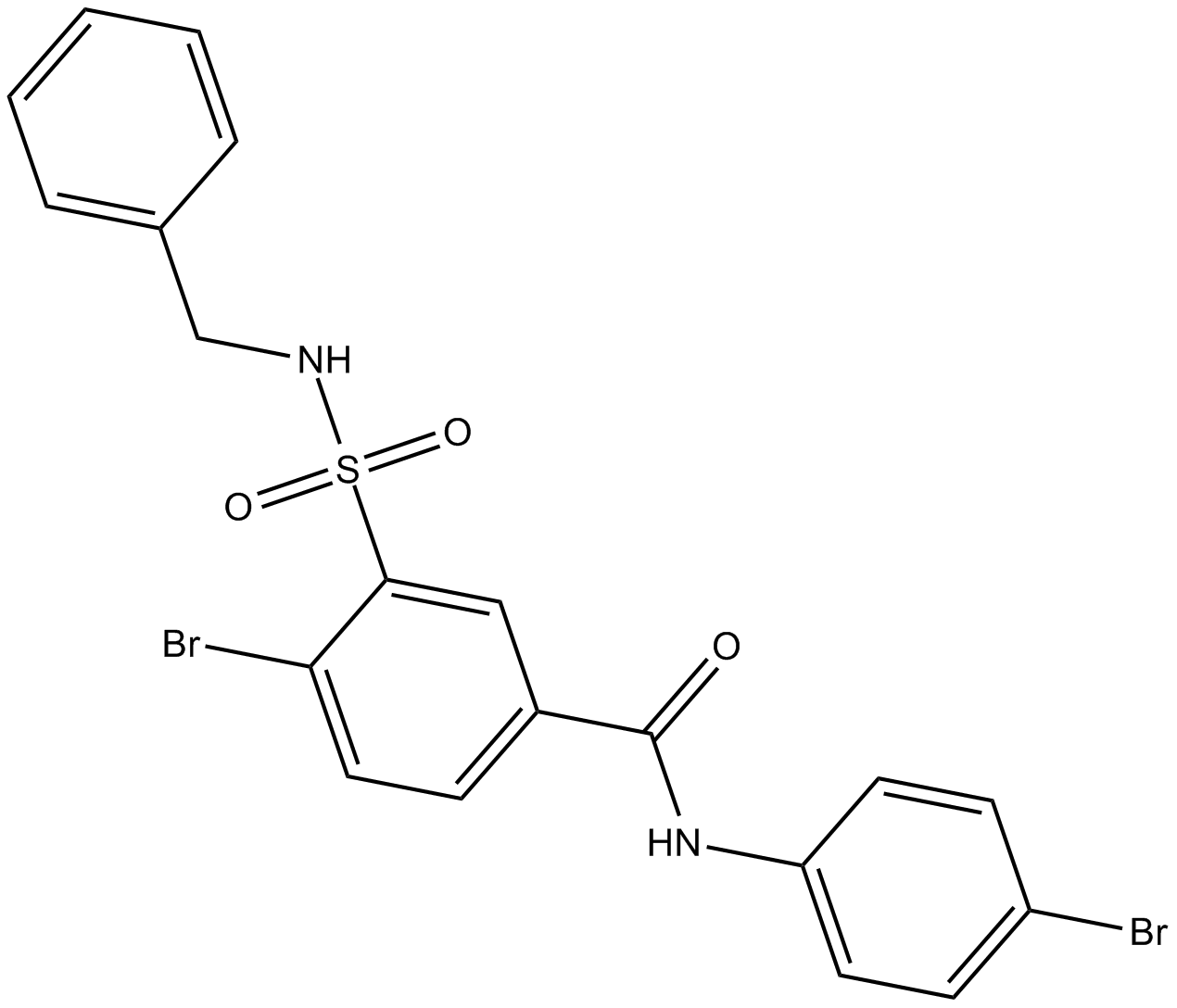
-
GC12106
SCR7
SCR7 ist eine instabile Form, die in eine stabile Form von SCR7-Pyrazin autocyclisiert werden kann. SCR7-Pyrazin ist ein DNA-Ligase-IV-Inhibitor, der die nicht-homologe EndverknÜpfung (NHEJ) auf Ligase-IV-abhÄngige Weise blockiert. SCR7-Pyrazin ist auch ein CRISPR/Cas9-Enhancer, der die Effizienz der Cas9-vermittelten homologiegesteuerten Reparatur (HDR) erhÖht. SCR7-Pyrazin induziert Zellapoptose und wirkt gegen Krebs.
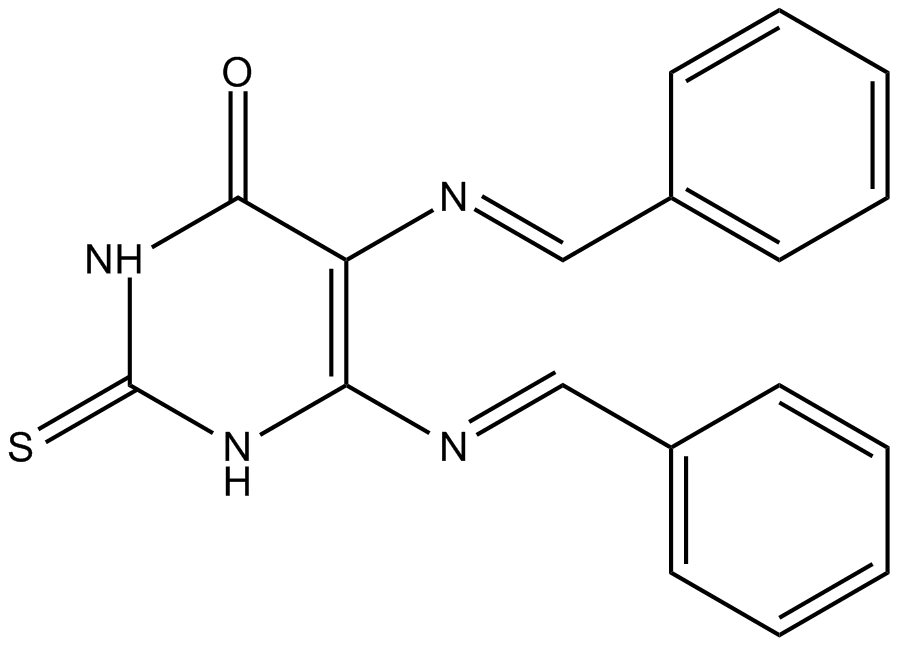
-
GC10637
Zidovudine
Zidovudin ist ein nukleosidischer Reverse-Transkriptase-Hemmer (NRTI), der hÄufig zur Behandlung von HIV-Infektionen eingesetzt wird.
